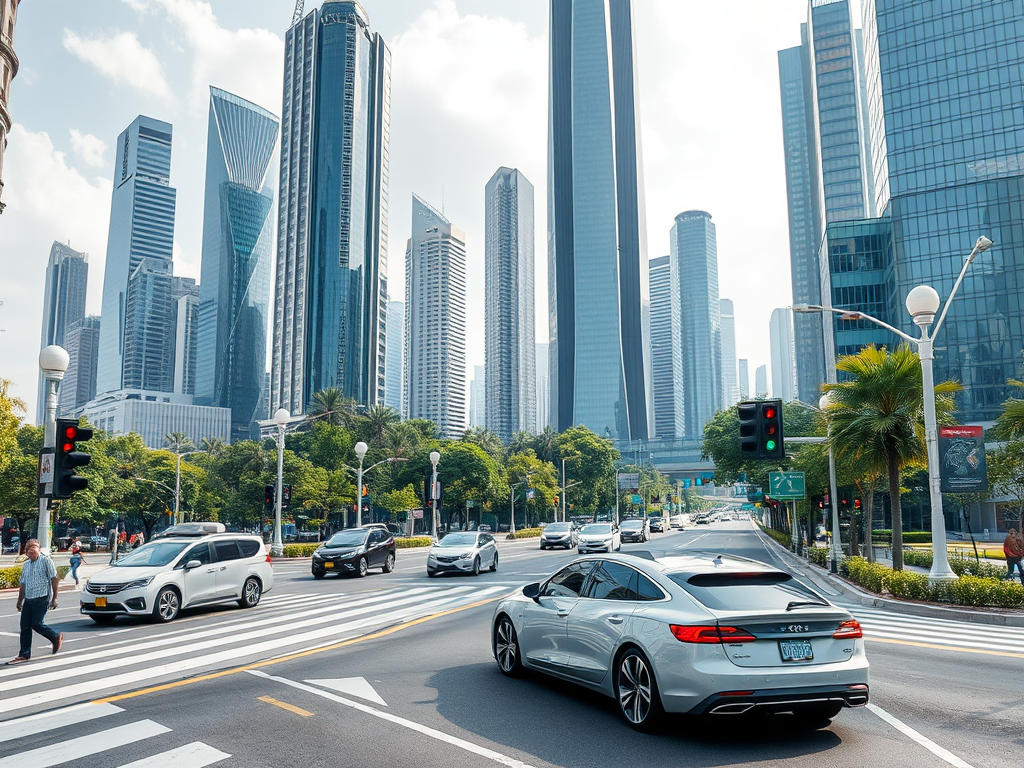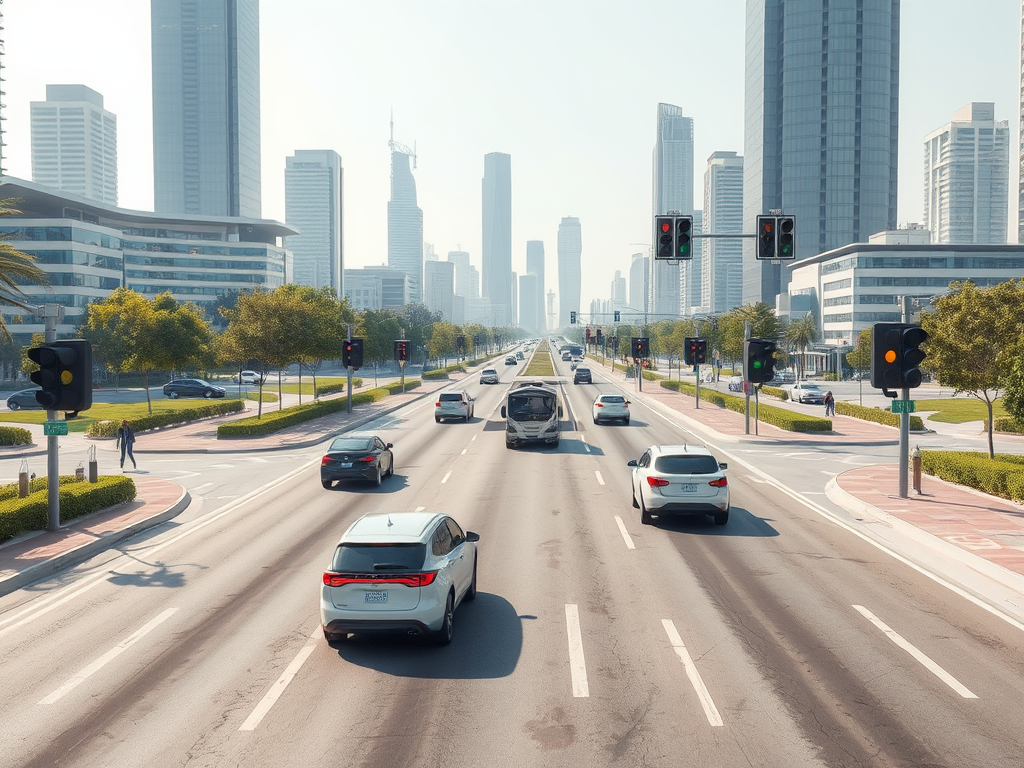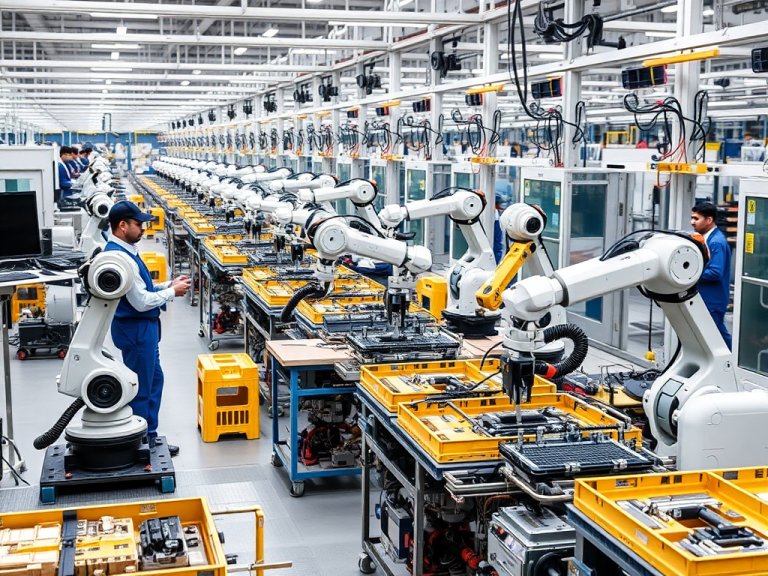
Introduction
Autonomous vehicles (AVs), commonly known as self-driving cars, are set to revolutionize the way we travel. These vehicles can navigate roads and traffic without human intervention, thanks to advanced technology. As we move forward, it’s important to understand the current state of AVs, the challenges they face, and the potential impact they could have on society.
Current State of Autonomous Vehicles
Levels of Automation
The Society of Automotive Engineers (SAE) classifies automation into six levels, from Level 0 (no automation) to Level 5 (full automation). Here’s a brief overview:
- Level 0: No automation. The driver is in complete control.
- Level 1: Driver assistance. Features like adaptive cruise control help but require driver input.
- Level 2: Partial automation. The car can control speed and steering, but the driver must remain engaged.
- Level 3: Conditional automation. The car can handle most driving tasks, but the driver must be ready to take over.
- Level 4: High automation. The car can drive itself in specific conditions without human help.
- Level 5: Full automation. The car can drive anywhere, in any conditions, without any human intervention.
Currently, most vehicles on the road are at Level 2. Companies like Waymo, Tesla, and Cruise are testing Level 4 vehicles in select areas.
Key Technologies
Several technologies are crucial for the development of AVs:
- Artificial Intelligence (AI): AI systems analyze data from the car’s surroundings to make decisions. This includes recognizing pedestrians, other vehicles, and road signs.
- Sensors: Lidar (light detection and ranging), radar, and cameras collect information about the environment. These sensors help the car “see” and understand its surroundings in real time.
- Connectivity: Vehicle-to-everything (V2X) communication allows cars to exchange information with each other and with traffic infrastructure, enhancing safety and efficiency.
Challenges Facing Autonomous Vehicles
Rules and Regulations
One of the biggest hurdles for AVs is the regulatory environment. Different countries and regions have varying laws regarding self-driving technology. Governments need to create a framework that balances safety with innovation. For example, companies must conduct extensive testing to ensure their vehicles are safe before they can be sold to the public. This process can be slow and complicated.
Safety Concerns
Safety is a significant concern for both the public and regulators. While AVs are designed to reduce accidents caused by human error, several high-profile incidents involving self-driving cars have raised doubts about their reliability. Continuous testing and improvements are essential to ensure that AVs can respond safely in various driving conditions. Public confidence in the technology is crucial for its widespread adoption.
Public Perception
Public opinion about AVs is mixed. Many people are excited about the potential benefits, such as reduced traffic accidents and increased convenience. However, others are concerned about safety, job losses for drivers, and ethical dilemmas associated with automated decision-making. For example, how should an AV respond in a situation where an accident is unavoidable? Addressing these concerns through education and transparent communication is vital for building trust.

The Future of Autonomous Vehicles
Urban Mobility
AVs could significantly change urban mobility. As cities become more crowded, self-driving cars could help reduce traffic congestion. They can optimize routes and drive more efficiently, leading to shorter travel times. Additionally, AVs could eliminate the need for parking spaces, freeing up valuable urban land for other uses. Ride-sharing services could also evolve to offer on-demand autonomous taxis, providing affordable transportation for more people.
Environmental Impact
Self-driving cars have the potential to contribute positively to the environment. By optimizing driving patterns and reducing traffic, AVs may lower greenhouse gas emissions. Electric AVs could further decrease pollution, making transportation more sustainable. As cities push for greener initiatives, autonomous electric vehicles could play a crucial role in achieving environmental goals.
Economic Implications
The rise of AVs will have a profound impact on the economy. While some jobs, particularly in driving-related sectors, may be at risk, new opportunities will emerge. Industries focused on technology development, infrastructure adaptation, and vehicle maintenance will likely see growth. Additionally, AVs could enhance productivity by allowing passengers to use their travel time for work or leisure activities, potentially changing how people view commuting.
Ethical Considerations
As AV technology progresses, ethical considerations will become more prominent. Questions about decision-making in emergency situations will need to be addressed. For example, if an AV must choose between two harmful outcomes, what criteria should guide its decisions? Developing ethical frameworks for AV technology will be essential to ensure public acceptance and trust.
Conclusion
The future of autonomous vehicles is filled with exciting possibilities and significant challenges. As technology continues to evolve and societal attitudes shift, AVs have the potential to make transportation safer, more efficient, and more environmentally friendly. However, addressing safety concerns, regulatory hurdles, and public perception will be crucial in turning this vision into reality. The journey toward fully self-driving cars is just beginning, and collaboration among technology developers, regulators, and the public will be essential to navigate the complexities ahead. As we embrace this new era of transportation, it is vital to ensure that the benefits of AVs are shared by all.






